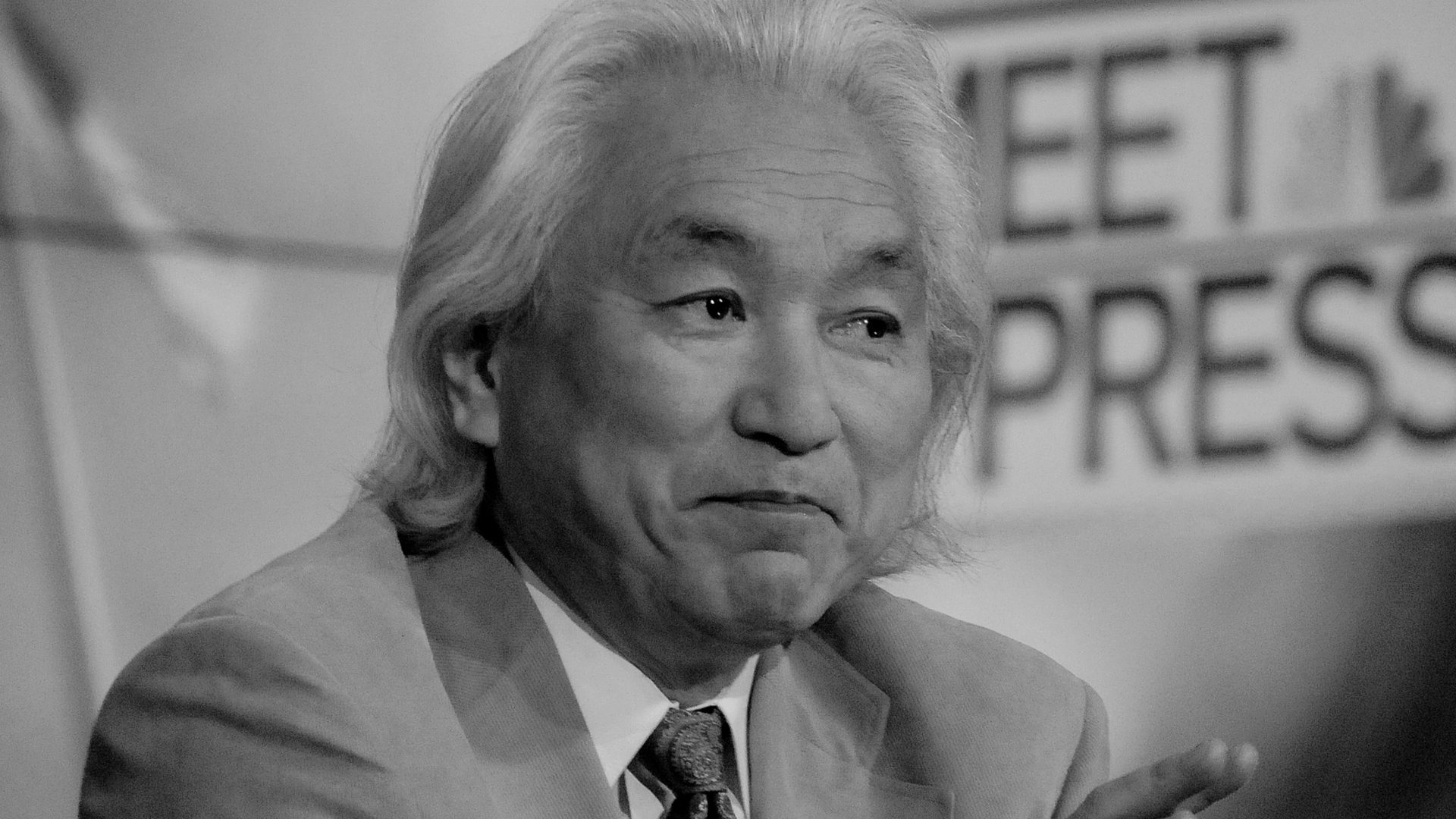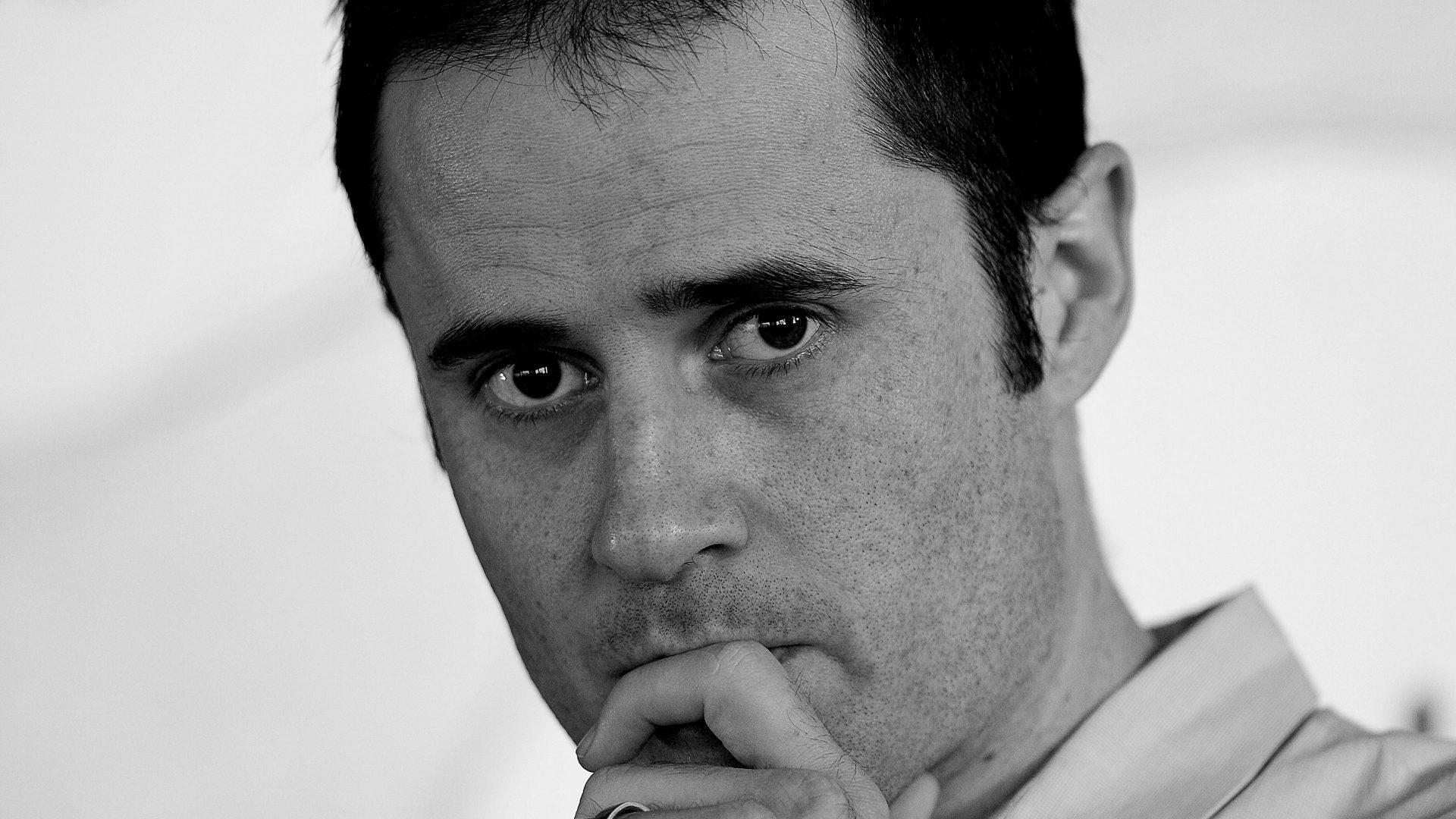When I was eight years old, a revelation for ever changed my life.
The year was 1955, and newspaper headlines announced the death of a renowned scientist. A photo accompanied one article, showing his office desk strewn with papers and books. As I recall, the photograph caption noted that among the stacks of material was an unfinished manuscript.
I was captivated by this discovery. What could be so challenging that this man, often hailed as one of the greatest scientists of all time, could not complete this work? I had to find out, and over the years I visited libraries to learn more about him.
His name was Albert Einstein. His unfinished work explored what would be known as the theory of everything, an equation, perhaps no more than an inch long, that would allow us to unify all the laws of physics. It would, as Einstein had hoped, give us a glimpse into the mind of God. “I want to know his thoughts,” he famously said. I was hooked.
Today, many of the world’s top physicists are embarking on this cosmic quest, whose far-reaching reverberations span our understanding of reality and the meaning of existence. It would be the crowning achievement of thousands of years of scientific investigation, since ancient civilisations also wondered how the universe was created and what it is made of. The ultimate goal of the theory of everything is to combine Einstein’s theory of relativity with the bizarre world of quantum theory.
In essence, the theory of relativity delves into the cosmos’s most massive phenomena: things like black holes and the birth of the universe. The domain of relativity is nothing less than the entire cosmos. Quantum theory, on the other hand, explores the behaviour of matter on the most minuscule level. Its domain encompasses the tiniest particles of nature, those hidden deep inside the atom.
Unifying these two spheres of thought into a single and coherent theory is an ambitious undertaking, one that builds on and adds to the work that Einstein began. But to do this, scientists must first determine a crucial truth: where the universe came from.
This is where our two spheres of thought pointedly diverge.
If we subscribe to Einstein’s relativity theory, the universe is a bubble of some sort that is expanding. We live on the skin of this bubble, and it exploded 13.8bn years ago, giving us the Big Bang. This birthed the singular cosmos as we know it.
Quantum theory is based on a radically different picture – one of multiplicity. Subatomic particles, you see, can exist simultaneously in multiple states. Take the electron, a subatomic particle that carries a negative charge. The wondrous devices in our lives such as transistors, computers and lasers are all possible because the electron, in some sense, can be in several places at the same time. Its behaviour defies our conventional understanding of reality.
Here is the key: in the same way that quantum theory forces us to introduce multiple electrons simultaneously, applying that theory to the entire universe makes us have to introduce multiple universes – a multiverse of universes. By that logic, the solitary bubble introduced by Einstein now becomes a bubble bath of parallel universes, constantly splitting in two or bumping into other bubbles. In this scenario, a Big Bang could perpetually happen in distant regions, representing the collision or merging of these bubble universes.
In physics, the concept of a multiverse is a key element of a leading area of study based on the theory of everything. It’s called string theory, which is the focus of my research.
In this picture, subatomic particles are just different notes on a tiny, vibrating string, which explains why we have so many of them. Each string vibration, or resonance, corresponds to a distinct particle. The harmonies of the string correspond to the laws of physics. The melodies of the string explain chemistry.
By this thinking, the universe is a symphony of strings. String theory, in turn, posits an infinite number of parallel universes, of which our universe is just one.
A conversation I once had with the theoretical physicist and Nobel laureate Steven Weinberg illustrates this. Imagine sitting in your living room, he told me, listening to the radio. In the room are the waves from hundreds of different radio stations, but your radio is tuned to just one frequency. You can hear only the station that is coherent to your radio; in other words, it vibrates in unison with your transistors.
Now, imagine your living room is filled with the waves of all the electrons and atoms vibrating in that space. These waves might hint at alternate realities – ones with, say, dinosaurs or aliens – right there in your living room. But it’s difficult to interact with them, because you don’t vibrate coherently with them. We have unfastened ourselves from these alternate realities.
There’s an exercise my colleagues and I sometimes present to our PhD students in theoretical physics. We ask them to solve a problem by calculating the probability that one will wake up on Mars tomorrow. Quantum theory is based on what is known as Heisenberg’s uncertainty principle, allowing for a small probability that we can exist even on distant places like Mars. So there’s a tiny but calculable likelihood that our quantum wave will tunnel its way through space-time and wind up there.
But when you do the calculation, you find that for this to happen you’d have to wait longer than the lifetime of the universe. That is, most likely you’ll wake up in your bed tomorrow, not on Mars. To paraphrase the great British geneticist JBS Haldane, reality is not only queerer than we suppose, but queerer than we can suppose.
It has been more than six decades since Einstein’s death, yet I keep going back to that photo of his desk that I saw as an eight-year-old, the work he left unfinished and its profound implications. In the quest to meld two opposing perspectives of the universe, we’re left with a host of deeply unsettling questions.
Might we also exist in multiple states? What might we be doing if we had chosen a different career? Married someone else? What if we could somehow change important episodes in our past? As Einstein once wrote, “The distinction between past, present and future is only a stubbornly persistent illusion.”
Maybe there are copies of us living entirely different lives. If this theory of everything is correct, then perhaps there is a parallel universe where we are billionaires plotting our next escapade, or where we subsist as vagrants desperately searching for our next meal. Who knows? A simple quantum fork in the road might have made all the difference.
Dr Michio Kaku is a professor of theoretical physics at the City College of New York and City University of New York Graduate Centre. He is author of the bestselling book, The God Equation: The Quest for a Theory of Everything, and co-founded String Field Theory © The New York Times Company and Michio Kaku



